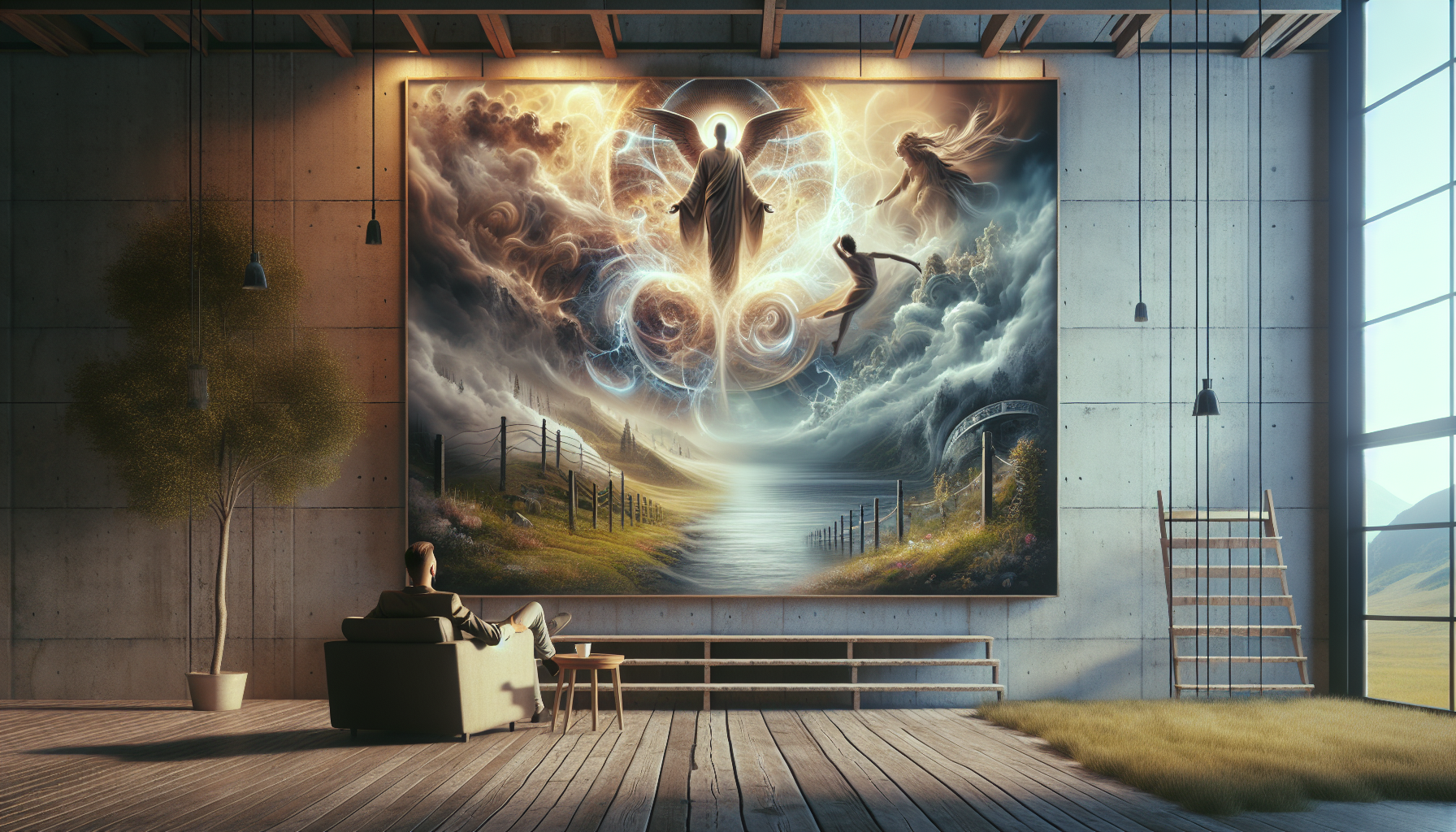Throughout history, the intersection of the sacred and the ordinary has been a source of fascination for philosophers, theologians, and artists alike. This convergence inspires awe and reflection, prompting individuals to seek deeper meanings within everyday experiences.
The Historical Context
Many cultures have long recognized the sacred within the ordinary. In ancient Greece, for instance, the concept of hierophany described the manifestation of the divine in the mundane world. Similarly, Indigenous cultures worldwide often see the sacred in nature, viewing mountains, rivers, and trees as imbued with spiritual significance.
Art and the Sacred
Art has often been the medium through which the sacred is expressed in the ordinary. The works of artists like Vincent van Gogh, who famously said,
“I want to touch people with my art. I want them to say ‘he feels deeply, he feels tenderly.’”
highlight the divine in everyday life, from starry nights to humble sunflowers.
Modern Examples
In contemporary society, the sacred continues to be found in ordinary moments. The practice of mindfulness, for example, emphasizes finding peace and meaning in everyday tasks. As Thich Nhat Hanh, a renowned Buddhist monk, once stated,
“Drink your tea slowly and reverently, as if it is the axis on which the world earth revolves—slowly, evenly, without rushing toward the future.”
Finding the Sacred in Daily Life
- Mindful Practice: Engage in activities like meditation or yoga to connect with the present moment.
- Nature Walks: Spend time in nature to experience its tranquility and reverence.
- Artistic Expression: Create or appreciate art that speaks to your soul.
- Rituals: Incorporate rituals into daily life to instill a sense of purpose and sacredness.
The Role of Technology
In today’s digital age, technology presents both challenges and opportunities for connecting with the sacred. While screens can distract us from the present, they also offer access to spiritual teachings and communities worldwide. As noted in a Pew Research study, technology can enhance spiritual experiences by providing new avenues for learning and connection.
Conclusion
The meeting of the sacred and the ordinary invites us to see the world with fresh eyes and open hearts. By recognizing the divine in everyday life, we can cultivate a deeper appreciation for the moments that make up our existence. As Albert Einstein famously remarked,
“There are only two ways to live your life. One is as though nothing is a miracle. The other is as though everything is a miracle.”
